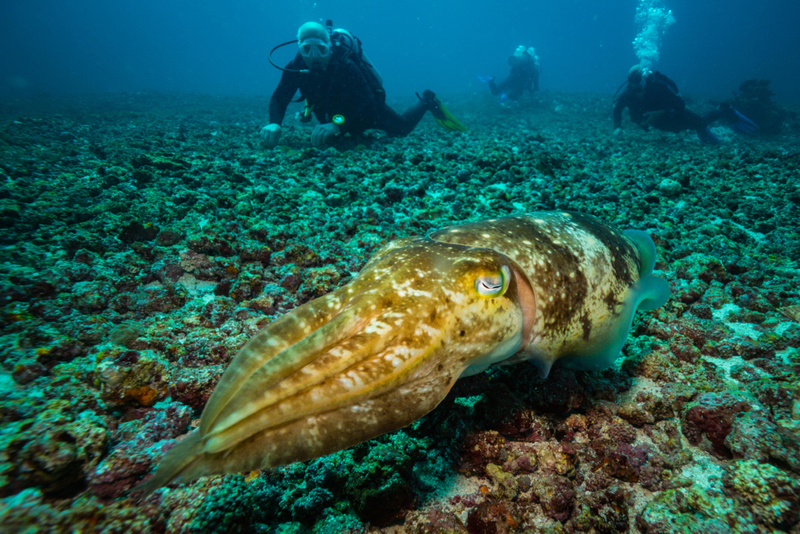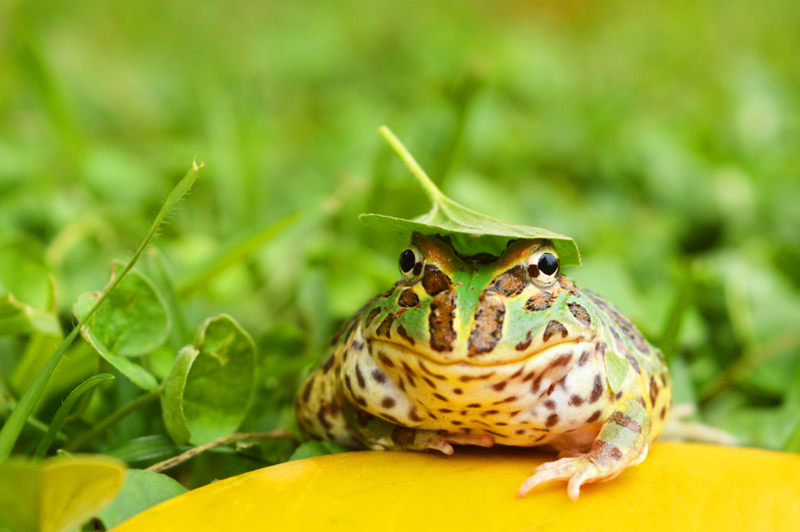Disclaimer: This is not a story about love. Although hearts have become iconic emblems of Valentine’s Day, one size does not fit all when it comes to hearts in the real world—especially in the animal realm.
The heart of a blue whale is the largest of any living creature. It’s about the size of a compact car and weighs around 950 pounds (432 kg). The organ is in charge of giving blood to a creature the size of two school buses. When blue whales dive deep into the ocean, their heart rate drops to four beats per minute, allowing them to lengthen their dive time and possibly prevent decompression sickness (the bends).

Cephalopods aren’t half-hearted creatures (no pun intended). The octopus, squid, and cuttlefish, among other tentacular and armed marine organisms, each have three hearts. Cephalopods are also known as blue-blooded animals since copper is found in their blood.
If a Zebrafish’s heart is broken, it can easily rebuild a new one. Fish, on the other hand, have distinct hearts. Fish contain two structures that aren’t present in humans, in addition to the one atrium and one ventricle. The “bulbus arteriosus” is a tube lying right beneath the ventricle, while the “sinus venosus” is a sac.

Because it lacks a heart, the earthworm is unable to take comfort. Instead, the worm’s esophagus is wrapped with five pseudohearts. Instead of pumping blood, these pseudohearts constrict veins to assist in circulating blood throughout the worm’s body. They, too, are devoid of lungs!
The cockroach, like other insects, has an open circulatory system, which means that its blood does not fill blood vessels. Roaches and other insects breathe using spiracles (surface apertures) in their bodies rather than lungs, which eliminates the need for blood to transport oxygen from one location to another. Wingless cockroaches have smaller hearts than flying cockroaches.

Frogs have three-chambered hearts, with two atria and one ventricle, whereas mammals and birds have four. Pretty cool!